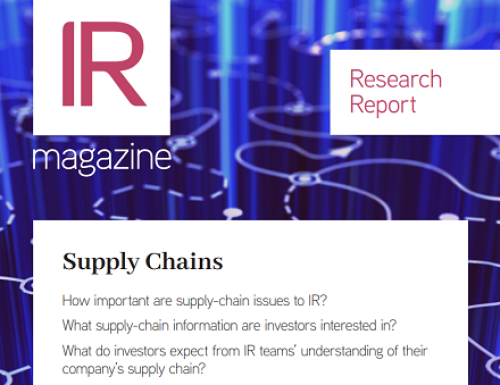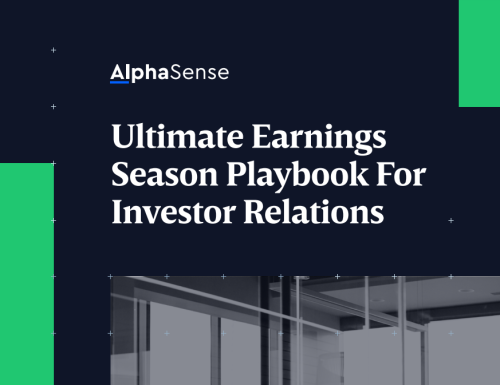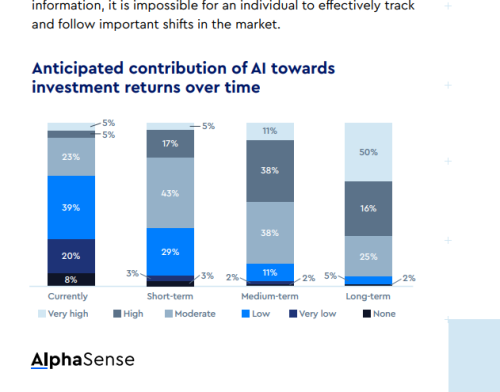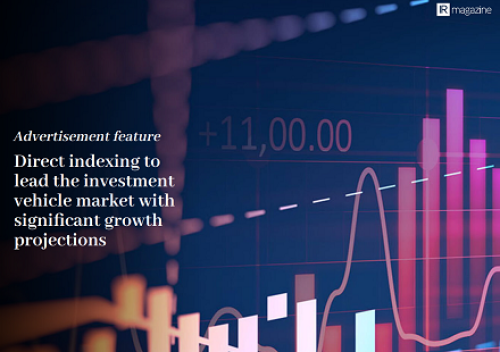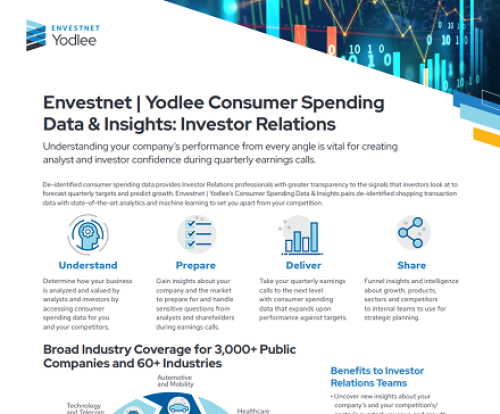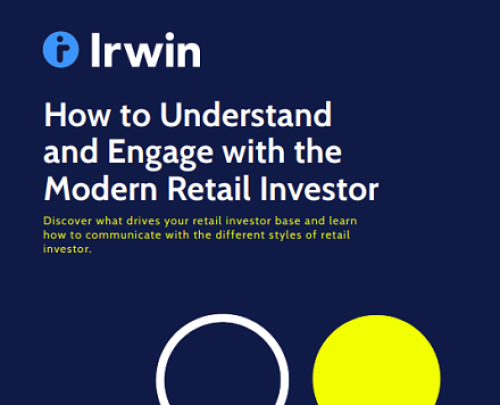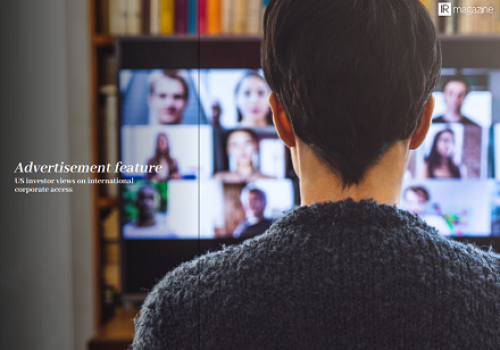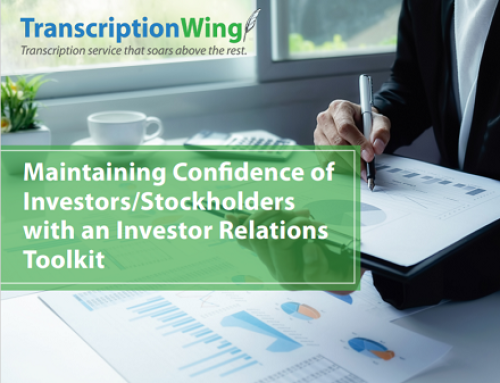Investment director talks market cap cut-offs, turning Rolls-Royce around and being a ‘stable, supportive shareholder’
Ali Miremadi is an investment director who runs global equity funds and a US-focused fund. He was one of the principal partners at THS Partners (acquired by GAM in 2016), having joined in 2007. Previously, he worked at Goldman Sachs, having started his career in 1994 at Baring Securities. He holds a first-class degree in English literature from Wadham College, Oxford and is also a CFA charterholder.
GAM is an independent asset manager, providing active investment solutions and products for
You need to register to access 3 free deep dive articles per month. To continue reading please register or login below..
- Unlimited deep dives
- Data-driven research around key topics
- Buy-side insights
- Benchmarking reports
From
$1495


